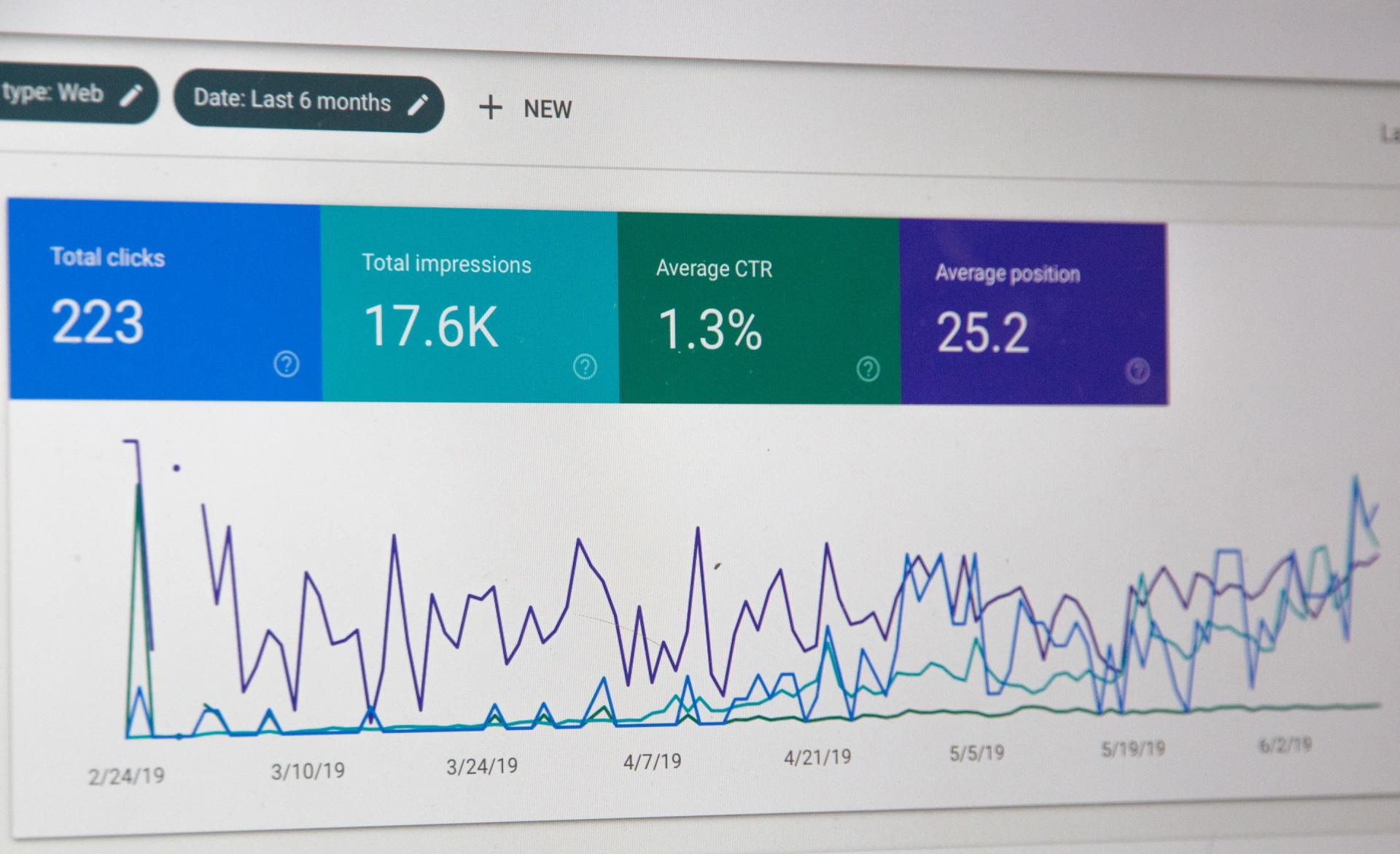
Why Tesla shut down Elon Musk’s AI supercomputer: Dojo
By
Joseph Provence, a news contributor who writes about technology, business, and e-commerce.
Sept 5, 2025 1:30 PM MST
In the world of artificial intelligence, few projects have died as spectacularly as Tesla's Project Dojo. Just three years ago, Elon Musk stood on stage at
Tesla's AI Day, eyes gleaming with his trademark mix of ambition and certainty, promising that this custom built supercomputer would revolutionize not just Tesla's self driving cars, but the entire landscape of machine learning. The D1 chip, he declared, would make Tesla the most advanced AI company on the planet. Industry analysts nodded along. Investors threw money at the vision. Tech blogs breathlessly covered every leaked detail about the mysterious black boxes humming away in Tesla's data centers.
But today, Project Dojo is dead.
The supercomputer that was supposed to catapult Tesla ahead of Google, NVIDIA, and every other AI powerhouse has been quietly shuttered, its revolutionary chips relegated to the tech industry's graveyard of broken promises. The engineers who once worked around the clock to perfect Dojo's neural network training capabilities have been reassigned. The millions of dollars spent on custom silicon and exotic cooling systems? Write it off as an expensive lesson in hubris.
So what happened? How did a project that generated so much hype, backed by one of the world's most successful tech entrepreneurs, flame out so dramatically? The answer reveals not just the brutal economics of AI development, but also the dangerous gap between Musk's grand visions and the unforgiving realities of cutting edge technology.
Elevate your business with a custom built website from Salt Creative —
schedule your free strategy session now!
What Was Project Dojo, Anyway?
To understand why Dojo's failure stings so much, you first need to grasp what made it special. Think of most AI computers like a busy office building where different departments the processors, memory, networking gear are scattered across different floors, constantly sending messages back and forth through cramped elevators and hallways. It works, but all that communication creates bottlenecks.
Dojo took a radically different approach. Instead of spreading components across multiple floors, Tesla designed what they called a "system on a chip" imagine squeezing an entire office building's worth of capabilities onto a single floor. Each D1 chip was like having a mini computer that could handle processing, memory, and communication all in one compact package. No elevators needed, no long walks down hallways. Everything was right there, working together seamlessly.
But here's where it gets really clever: Tesla didn't stop at one mini computer. They created what they called a "tile" picture 25 of these mini computers sitting around a conference table, all working on the same problem simultaneously. And then? They connected multiple tiles together, creating a massive think tank of hundreds of specialized computers, all laser focused on one task: training Tesla's self driving AI to recognize everything from stop signs to jaywalking pedestrians.
The beauty was in the coordination. While traditional AI systems waste enormous amounts of time and energy shuffling data between separate components, Dojo's design meant information could flow instantly between processors. It was like having a team of experts who could literally read each other's minds instead of passing notes.
The Nvidia Problem
To understand why Tesla felt compelled to build Dojo in the first place, you need to grasp the fundamental split in the AI world between two very different tasks. Think of
AI training like studying for a final exam you're cramming massive amounts of information, running through countless practice problems, and gradually getting better at recognizing patterns. It's intense, time consuming work that requires enormous computational muscle.
AI inference, on the other hand, is like actually taking that exam you're applying everything you've learned to quickly answer specific questions in real time.
In the training arena, one company rules all others: Nvidia. Their graphics processing units, originally designed to render video game explosions and movie special effects, turned out to be perfect for the parallel processing that AI training demands. By 2021,
Nvidia controlled roughly 95% of the AI training market. If you wanted to teach an AI system to recognize cats, drive cars, or write poetry, you were almost certainly doing it on Nvidia hardware.
This created what strategists call a "single point of failure" problem. Tesla's entire self driving program the crown jewel of their technology portfolio depended on renting time on Nvidia's chips or buying them outright. Worse still, so did every other AI company on the planet. When demand spiked, prices soared. When supply tightened, projects got delayed. Musk, ever the chess player, saw the writing on the wall.
Dojo wasn't born from arrogance or a desire to pick a fight with Nvidia. It was a hedge a carefully calculated insurance policy against supply chain vulnerability. Even as Tesla poured resources into developing their custom chips, they continued to be one of Nvidia's largest customers, spending hundreds of millions on H100 chips for their data centers. This wasn't David versus Goliath; it was more like a major retailer developing its own private label products while still stocking name brands on the shelves.
The strategy made perfect sense on paper. Build internal capability to reduce dependency, but maintain the relationship that keeps your business running today.
The Plot Twist That Changed Everything
Here's where the story takes its most ironic turn. While Tesla's engineers were pouring their hearts into perfecting Dojo's training capabilities, a different team across the company was quietly working on something else entirely a chip designed not for the massive computational heavy lifting of AI training, but for the lightning fast decisions that Tesla's cars needed to make on the road.
They called it AI6.
This is the moment where all of Tesla's carefully laid plans collided with an inconvenient truth about technological progress: sometimes your left hand creates something so good that it makes your right hand's work irrelevant.
AI6 was purpose built for inference those split second calculations that help a Tesla decide whether that object ahead is a plastic bag or a pedestrian. It needed to be fast, efficient, and cheap enough to put in every vehicle rolling off the production line. But as the chip evolved through its development cycles, something unexpected happened. The same architectural innovations that made AI6 brilliant at real time inference also made it surprisingly capable at the training tasks that Dojo was designed to dominate.
Not world class at training, mind you. But pretty good. And in the brutal economics of Silicon Valley, "pretty good" at two things often beats "exceptional" at one thing, especially when that "pretty good" solution costs a fraction of the price and doesn't require building an entirely separate infrastructure.
The revelation hit Tesla's leadership like a thunderbolt. As Musk himself put it in a candid moment during a company meeting: "All paths converged to AI6." Those five words contained the death sentence for a project that had consumed years of work and hundreds of millions of dollars.
Think about the elegant simplicity of it: instead of maintaining two separate chip architectures one specialized beast for training in data centers and another efficient workhorse for cars Tesla could build one versatile chip that handled both jobs adequately. The cost savings were staggering. The operational simplicity was seductive. And the strategic implications were clear. Dojo, for all its technical brilliance, had become a solution in search of a problem that no longer existed.
The Human Cost of Strategic Pivots
Behind every corporate strategy shift lies a more personal story, and Dojo's demise was no exception. The engineers who had spent years perfecting the intricate dance of Tesla's custom silicon suddenly found themselves working on a project their own company no longer believed in. The lead architect, along with several key team members, made the inevitable choice that Silicon Valley veterans know all too well they left to start their own company (Destiny AI), taking their hard won expertise with them.
For Musk, who had championed these engineers and their revolutionary vision just months earlier, the transition required what he grimly referred to as "tough personnel choices." The phrase, delivered with characteristic bluntness during an internal meeting, barely concealed the uncomfortable reality: brilliant people had devoted the prime years of their careers to a project that would never see its full potential realized.
It's a familiar Silicon Valley tragedy the collision between human ambition and corporate pragmatism. The same strategic thinking that made killing Dojo the right business decision also meant that some of Tesla's most talented engineers would wake up one morning to discover their life's work had been quietly shelved. Some found new roles within Tesla. Others, feeling the sting of abandoned dreams, chose to bet on themselves instead.
The Pivot, Not the End
Tesla's decision to shut down Project Dojo wasn't driven by technological failure or lack of vision it was the result of three converging forces that made the original plan obsolete. Nvidia's continued dominance in the AI training market meant Tesla could keep buying the best training hardware available without the massive investment required to compete directly. Meanwhile, the unexpected versatility of the AI6 chip eliminated the need for specialized training hardware entirely. And in a year when Tesla faced increasing pressure to prove its financial discipline, killing an expensive, redundant project became an easy call.
This wasn't a story of defeat; it was a masterclass in strategic adaptation. The most successful companies aren't those that never change course they're the ones agile enough to recognize when their assumptions no longer hold true and bold enough to act on that recognition.
Perhaps most intriguingly, Dojo isn't truly dead it's evolving. Tesla engineers are now working on "Dojo 3," a system that takes the original project's brilliant architectural concepts and rebuilds them around clusters of AI6 chips. The vision of thousands of processors working in perfect harmony remains intact; only the underlying hardware has changed.
In the end, Project Dojo's real legacy may not be the custom silicon that never reached full production, but the proof that even the most ambitious technological visions must bow to the relentless logic of progress and that sometimes, the best way to win the game is to realize you're playing it on the wrong board entirely.




